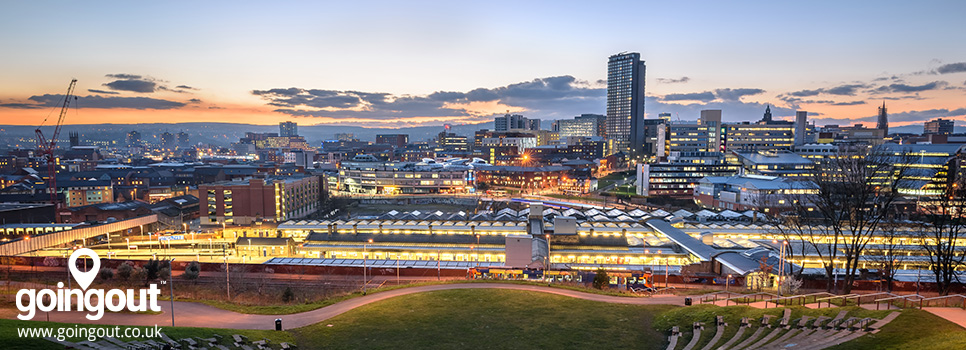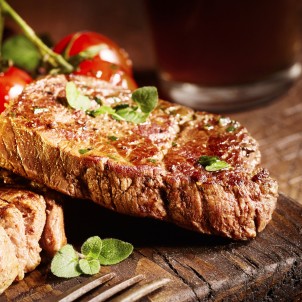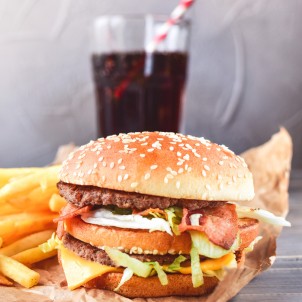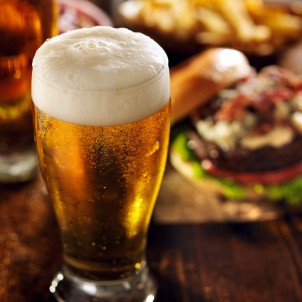Discover the best pubs & restaurants in Sheffield
![]() Town/City Name
Town/City Name
Sheffield
![]() County
County
South Yorkshire
![]() Population
Population
584,853

 About Sheffield
About Sheffield
About Sheffield
Sheffield is a metropolitan borough and a city in England. Its name came from the river that runs through the city, River Sheaf. The population of Sheffield is around 585,000. There exists a Core Cities Group, with eight regional cities, and Sheffield is one of these cities. This is Yorkshire’s second largest city, too, and the third largest English district by population, which is 1,569,000.
At the eastern foothills of the Pennines, Sheffield can be found. More than half of the area of Sheffield is green space, and almost half of the city is also part of the Peak District National Park.
Deemed as the best place to visit when exploring Peak District, there are a lot of beautiful tourist destinations in Sheffield. Some of them are the Sheffield Botanical Gardens, the Graves Park, the Tropical Butterfly House Wildlife & Falconry Centre, the Kelham Island Museum, and the Sheffield Cathedral.
Of these cited tourist spots, the most famous is the Sheffield Botanical Gardens. Since Sheffield is mostly green space, the Sheffield Botanical Gardens is mostly frequented by families because it is a great picnic spot with free admission, too. Going out in Sheffield will always be memorable with the beautiful and amazing parks and venues you can check out.
Sheffield is home to many notable people in the world. Some of these people include Sidney Oldall Addy, Angela Carter, William Empson, John Brown, Matthew Bannister, and David Blunkett. A lot of people known in the science and engineering field also hailed from Sheffield like Richard Bentall, John Curr, and John Paul Wild.
Boasting a diverse food and drink scene, there are a lot of restaurants in Sheffield that can meet people’s mood, occasion, and budget. From street food to fine dining, you can choose from a long list of restaurants in Sheffield. There are a lot of bars and pubs in Sheffield, too – city centre pubs, rooftop bars, pop bars. They all have the best and known drinks you can try on your visit.
 Places to eat in Sheffield, Restaurants in Sheffield
Places to eat in Sheffield, Restaurants in Sheffield
 Places to drink in Sheffield, Pubs and Bars in Sheffield
Places to drink in Sheffield, Pubs and Bars in Sheffield
 A brief history of Sheffield
A brief history of Sheffield
Believed to be inhabited since the late Upper Paleolithic, Creswell Crags located at the east of Sheffield is where the first evidence of human occupation was found. This area is believed to be occupied by the Brigantes, a Pennine tribe, during the Iron Age.
Sheffield Castle was built after England’s Norman conquest. It was built for local settlement protection. With the establishment of this castle came the development of a small town which is now the modern city’s center. The Castle Square had a market in 1296, and Sheffield was known for knife production. Later on, Sheffield became a cutlery manufacturer's main centre in England.
Sheffield plate was developed during the 1740s which led to Sheffield being an industrial town. However, there were some losses in important export markets, so the city was affected severely by the cholera epidemic. Nevertheless, during the 19th century, Sheffield was able to increase in population. Another notable infrastructure that was developed later on was the Sheffieldand Rotherham railway.
One of the challenges Sheffield faced was the Great Sheffield Flood which damaged the town and killed 270 people. Still hit by the Great Depression, Sheffield was able to enter the playing field as they manufacture weapons and ammunition. However, with this responsibility came risks – they were targeted for bombings. Sheffield Blitz was one of the heaviest bombing raids the city experienced.
During the 1950s to 1960s, a lot of development was made in Sheffield. Slums were demolished and replaced with housing schemes, new system roads were made from cleared city centre parts, and many steel mills were forcibly closed due to increased competition from abroad.
In the 21st century, a lot of progress was made – renovation of the Peace Gardens and opening of the Millennium Galleries, Winter Gardens, and Millennium Square. However, Sheffield suffered again during the 2007 UK floods, the 2010 ‘Big Freeze’ and a 2019 flood.
 Popular things to do in Sheffield
Popular things to do in Sheffield
- Stroll around the beautiful Sheffield Botanical Gardens - http://www.sbg.org.uk/
- Encounter the exotic at the Tropical Butterfly House Wildlife & Falconry Centre - https://www.butterflyhouse.co.uk/
- Learn about Sheffield’s heritage at Kelham Island Museum - http://www.simt.co.uk/kelham-island-museum
- Appreciate the structure and atmosphere of the Sheffield Cathedral - https://www.sheffieldcathedral.org/
- Visit Sheffield’s visual art collection at Weston Park Museum - https://www.museums-sheffield.org.uk/museums/weston-park/home
 Free things to do in Sheffield
Free things to do in Sheffield
- See the city’s unique Ruskin and Metalwork collections at the Sheffield Millennium Galleries - https://www.museums-sheffield.org.uk/museums/millennium-gallery/home
- Visit the farm in the city at Heeley City Farm, Sheffield - https://www.heeleyfarm.org.uk/
- Spend your day out at Endcliffe Park, Sheffield - https://www.endcliffepark.co.uk/
- Visit a Victorian park at Norfolk Heritage Park, Sheffield - http://www.norfolk-park.com/
- Go and explore the Millhouses Park, Sheffield - https://friendsofmillhousespark.org/
 Great for kids in Sheffield
Great for kids in Sheffield
- Enjoy a lovely walk at the Rivelin Valley Nature Trail - http://rivelinvalley.org.uk/
- Know about permaculture principles at Holly Hagg Community farm - https://hollyhagg.org.uk/
- Check out high fashion at Meadowhall Shopping Centre - https://www.meadowhall.co.uk/
- Learn about the history of the Emergency Service at the National Emergency Services Museum - https://www.visitnesm.org.uk/
- Taste the best products at Our Cow Molly Dairy Farm & Ice Cream Shop - http://www.ourcowmolly.co.uk/
 Dog friendly bars
Dog friendly bars
- The Miners Arms - https://www.facebook.com/TheMinersArmsChapeltown/
- The Hyde Park Inn - https://www.sheffieldrestaurant.co.uk/restaurants/Dronfield/Hyde-Park-Inn/
- The Cock Inn - https://ourlocal.pub/pubs/cock-inn-oughtibridge/
 Dog friendly restaurants
Dog friendly restaurants
- Pieminister - https://pieminister.co.uk/restaurants/sheffield/
- Terrace Goods - https://www.facebook.com/terracegoods/
 Did you know?
Did you know?
Sheffield hosts the world’s oldest football club. It is Sheffield FC, and it plays association football. It was founded in 1857, and in 1878, the team implemented the official FA rules.
Aside from having the world’s oldest football club, Sheffield also has the oldest football ground in the world. It is the Sandygate Road pitch where the world’s second oldest football club played. This club was called Sheffield Hallam FC.
 The hidden gems of Sheffield
The hidden gems of Sheffield
Alfred Denny Museum of Zoology is definitely one of the hidden gems of Sheffield. Some locals have not even heard of this museum. There is a large collection of specimens housed in this museum, collected for more than 100 years.
 Unique to Sheffield
Unique to Sheffield
Sheffield has more than two million trees. That means that for every person in Sheffield, there are four trees.
 find your venue
find your venue feature your venue
feature your venue







